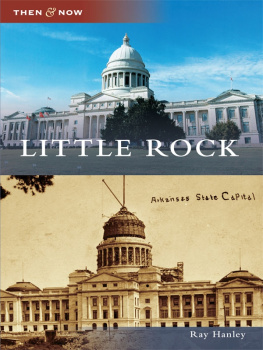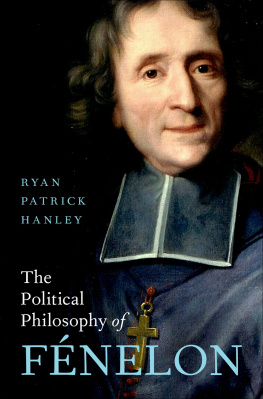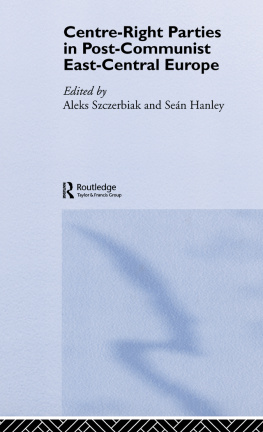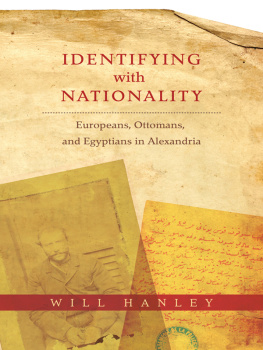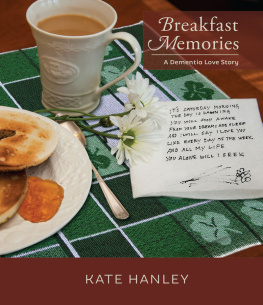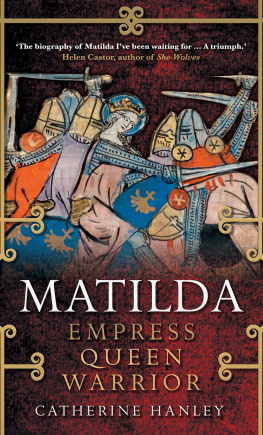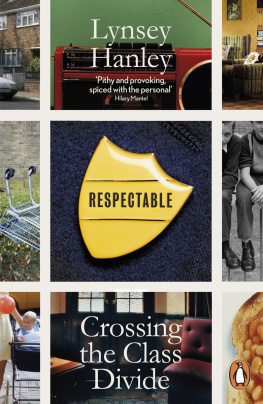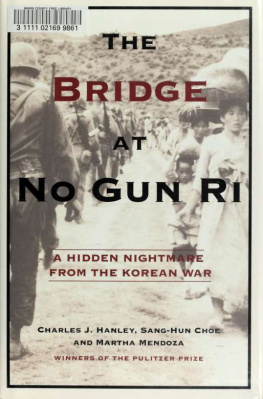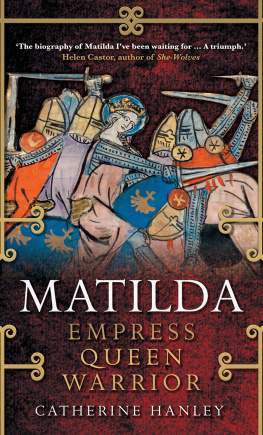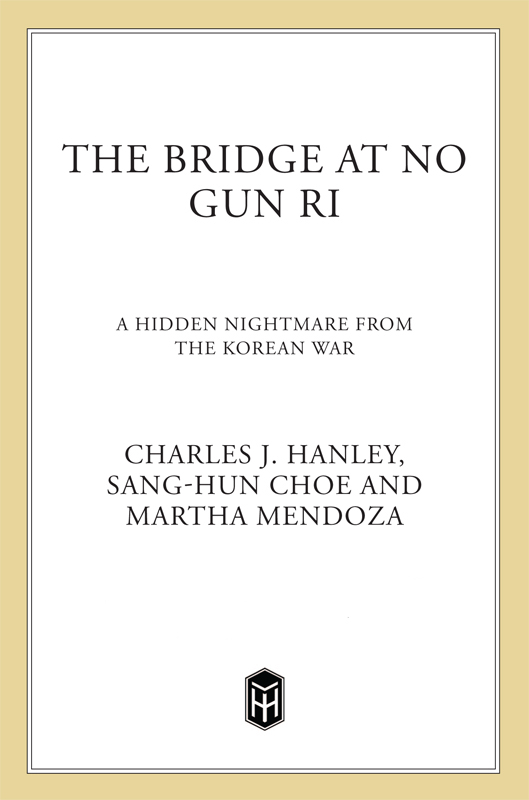
The author and publisher have provided this e-book to you for your personal use only. You may not make this e-book publicly available in any way. Copyright infringement is against the law. If you believe the copy of this e-book you are reading infringes on the authors copyright, please notify the publisher at: us.macmillanusa.com/piracy.
Contents
On August 11, 1945, as World War II drew toward a close, two U.S. Army planning officers in Washington chose an invisible line across Korea, the 38th Parallel, for dividing the Japanese colony into Soviet and American zones, north and south. Five years later, on June 25, 1950, Korean troops from the north invaded the south to try to reunify the nation. They were led by communists. The resulting war, which ended in 1953 in stalemate, was the first great clash of arms of the Cold War.
Within days of the invasion, the United States rushed American troops from police duty in Japan to fight alongside its South Korean ally. The Americans who were shipped across the Sea of Japan were mostly green, teenaged recruits, with insufficient combat training, led in many cases by inexperienced officers in units that were understrength and poorly equipped. They reeled before the North Korean attack, in weeks of desperate retreat, until finally holding a last-ditch defense line. Hundreds of thousands of South Korean civilians fled south with them. It was a bleak, humiliating chapter in U.S. military history, soon forgotten by the American people.
Almost a half century later, on September 29, 1999, the forgotten chapter burst into newspaper headlines worldwide, with a story of buried history, of unforgiven acts from that long-ago war, at a place called No Gun Ri. The Associated Press reported that a dozen graying ex-soldiers, young GIs of 1950, had confirmed what South Korean villagers claimed: U.S. forces in July 1950 killed large numbers of civilian refugeesup to 400, the Koreans said, mostly women, children and old menunder and around a railroad trestle at the hamlet of No Gun Ri. The AP also published declassified military documents showing that U.S. commanders had issued standing orders to shoot civilians rather than risk infiltration by disguised enemy soldiers.
The highest levels of the U.S. and South Korean governments immediately ordered investigations, military inquiries that then dragged on for many months, ending in weeks of conflict between American and Korean investigators. In its final report in January 2001, the U.S. Army, after years of dismissing the villagers story, affirmed the APs finding that American troops killed the refugees. But it assigned no blame. Instead, it said, What befell civilians in the vicinity of No Gun Ri in late July 1950 was a tragic and deeply regrettable accompaniment to a war.
Here is the story of No Gun Ri and that war, of what accompanied it, preceded it, and followed it, as seen through the eyes of the only people who could really knowKorean villagers and American soldiers who were there.
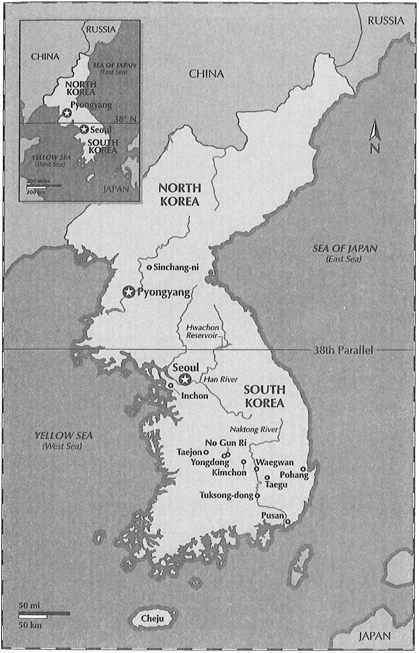
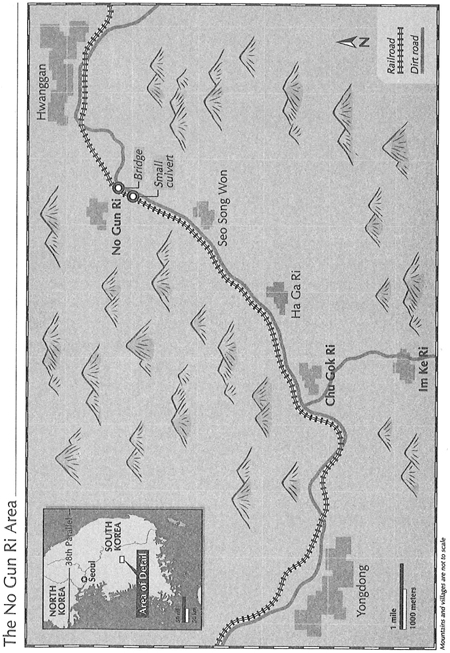
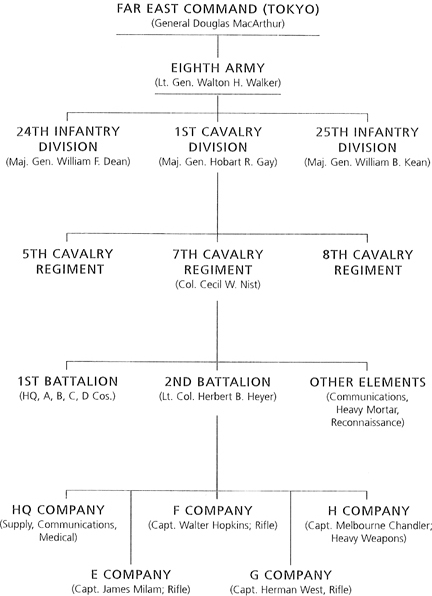
A NOTE ON NAMES: Koreans place family names first; in Chung Eun-yong, for example, Chung is the family name. Women dont take their husbands family names. The given names of siblings, and sometimes of cousins, usually carry a common root. Koo in the names of Chung children is an example. Literally, it means to seek, as in Koo-hun, to seek the law; Koo-hak, to seek learning; and Koo-ok, to seek the jade. Because some Korean surnames, such as Chung and Park, are so common, The Bridge at No Gun Ri generally uses only given names of villagers on repeated references to avoid confusion.
(Key: D=Killed at No Gun Ri; W=Wounded; S=Survived without wounds. Main figures in the book are in ALL CAPITALS.)
CHUNG EUN-YONGS FAMILY
Chung Tae-nyon (father) (S)
Park Hee-moon (mother) (W)
CHUNG EUNG-YONG (the ex-policeman; not present at No Gun Ri)
PARK SUN-YONG (wife) (W)
Chung Koo-pil (four-year-old son) (D)
Chung Koo-hee (two-year-old daughter) (D)
Chung Kwan-yong (Eun-yongs brother; the prison guard; not present)
Min Young-ok (wife) (D)
Chung Jong-ja (daughter) (W)
Chung Soon-ja (daughter) (S)
Chung Soon-rye (daughter) (D)
Chung Koo-sung (baby son) (D)
Chung Soon-yong (Eun-yongs sister; not present)
Chung Kun-yong (Eun-yongs brother) (S)
Chung Kum-yong (Eung-yongs brother) (S)
Kim Hong-ki (servant boy) (W)
CHUNG KOO-ILS FAMILY
Chung Hee-yong (father; the 1919 patriot) (S)
Lee Soon-kum (mother) (D)
Chung Tae-gu (daughter; not present)
Chung Koo-yon (daughter) (D)
Kim Sung-ja (daughter) (W)
Kim Kook-hun (baby son) (D)
CHUNG KOO-IL (son; the college student; later disappeared) (S)
CHUNG KOO-OK (daughter; the schoolteacher) (D)
Chung Koo-hong (son) (S)
CHUNG KOO-HUNS FAMILY
Chung Ssang-yong (father; the fishmonger) (S)
Hwang Eun-yon (mother) (D)
Chung Koo-soon (daughter; not present)
CHUNG KOO-HUN (son; the tall seventeen-year-old) (S)
Chung Myong-ja (daughter) (W)
CHUNG KOO-HAK (son; the sickly eight-year-old) (S)
Chung Young-sook (baby daughter) (D)
YANG HAE-SOOKS FAMILY
Lee Ja-sun (grandmother; the reluctant refugee) (D)
Yang Ho-yong (father; the loyal son) (S)
Lee Soon-yi (mother) (W)
Yang Hae-young (son) (D)
YANG HAE-SOOK (daughter; Golden Girl) (W)
YANG HAE-CHAN (ten-year-old son) (W)
Yang Hae-yong (son) (D)
Yang Ke-soon (fathers sister) (D)
Min Eun-soon (Ke-soons daughter in-law) (D)
Chung Hyun-mok (Eun-soons baby son) (D)
Yang Mal-soon (fathers pregnant sister) (D)
Park Ne-eung (Mal-soons husband) (D)
Park Chung-ha (son; not present)
Park Sang-ja (daughter) (D)
Park Hwa-ja (daughter) (S)
Park Hwa-soon (daughter) (D)
CHUN CHOON-JAS FAMILY
Chun Kyong-moon (grandfather who protected Choon-ja) (D)
Kim Suk-jin (grandmother) (S)
Chun Soon-pyo (father; the possessed widower) (S)
Kim Ae-shim (mother) (D)
CHUN CHOON-JA (ten-year-old daughter) (S)
Chun Tae-sung (baby son, Great Success) (D)
Chun Joon-pyo (fathers newlywed brother) (D)
Lee Young-ja (Joon-pyos wife) (D)
Chun Ok-boon (fathers sister) (W)
PARK HEE-SOOKS FAMILY
Park June-ha (father) (D)
Sohn Soon-nam (mother) (D)
Park Hee-soo (son; not present; long missing overseas)
Park Hee-un (daughter; not present)
Park Hee-soon (daughter; the nervous new mother) (D)
Lee Young-ja (Hee-soons daughter, the crying baby) (D)
PARK HEE-SOOK (daughter; the pigtailed sixteen-year-old) (S)
Summer 2000
Fauquier County, Virginia
In the coves and hollows of the Blue Ridge foothills, the peace deepens with the summer night. The roar from the interstate has faded. Crickets fall silent one by one. Televisions and computer screens have flickered off. A breeze stirs the stillness and mosquitoes drift lightly through the heavy air.
Inside a cottage a mile up the dirt roads of Apple Mountain, an old soldier tosses in his sleep. His early morning visitors have arrived again, as they always have, night after night, year after year. They stand over him, an old man and an old woman, indistinct faces, Asian faces, blurred by time but close at hand, accusing faces, faces of the dead.


